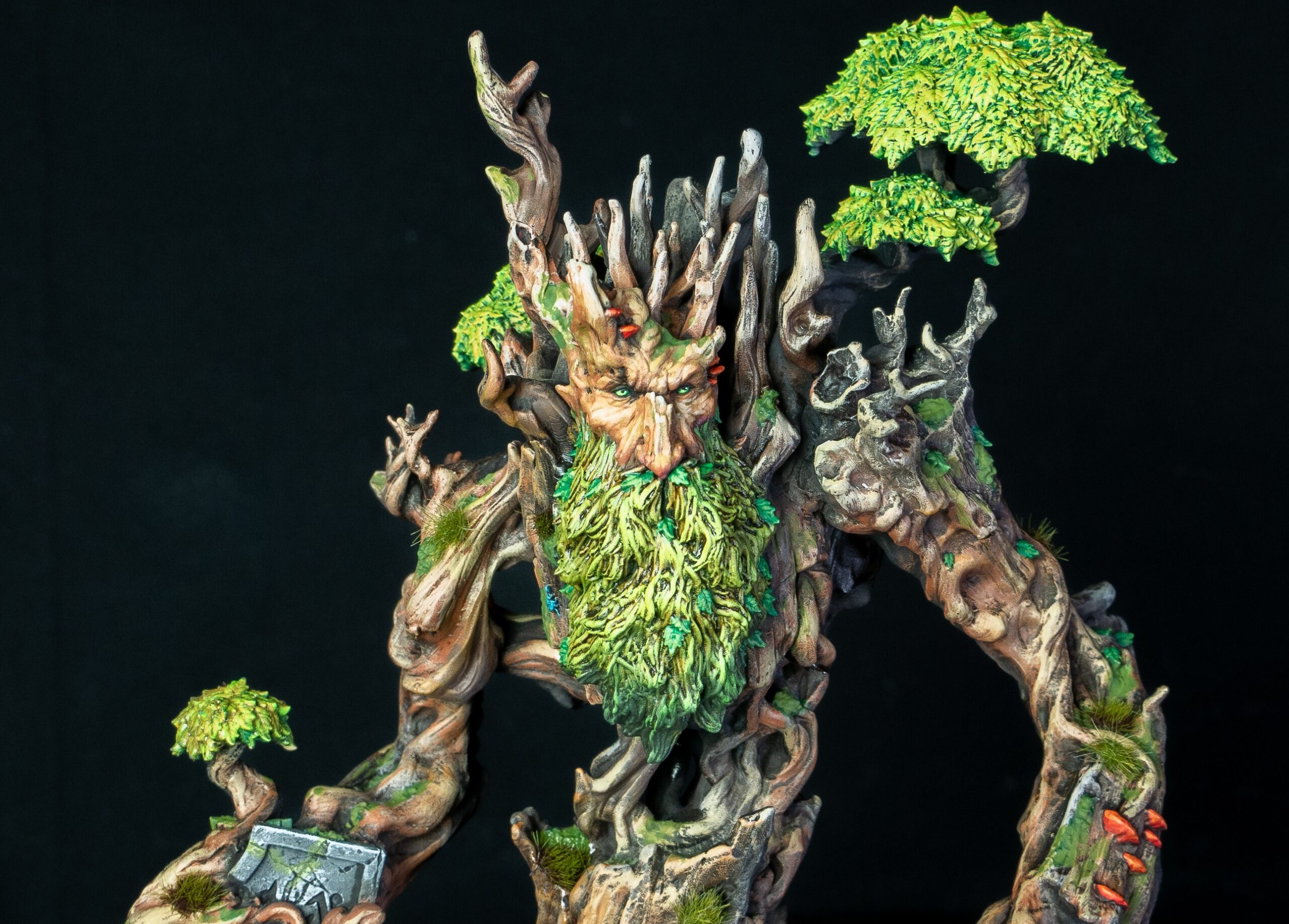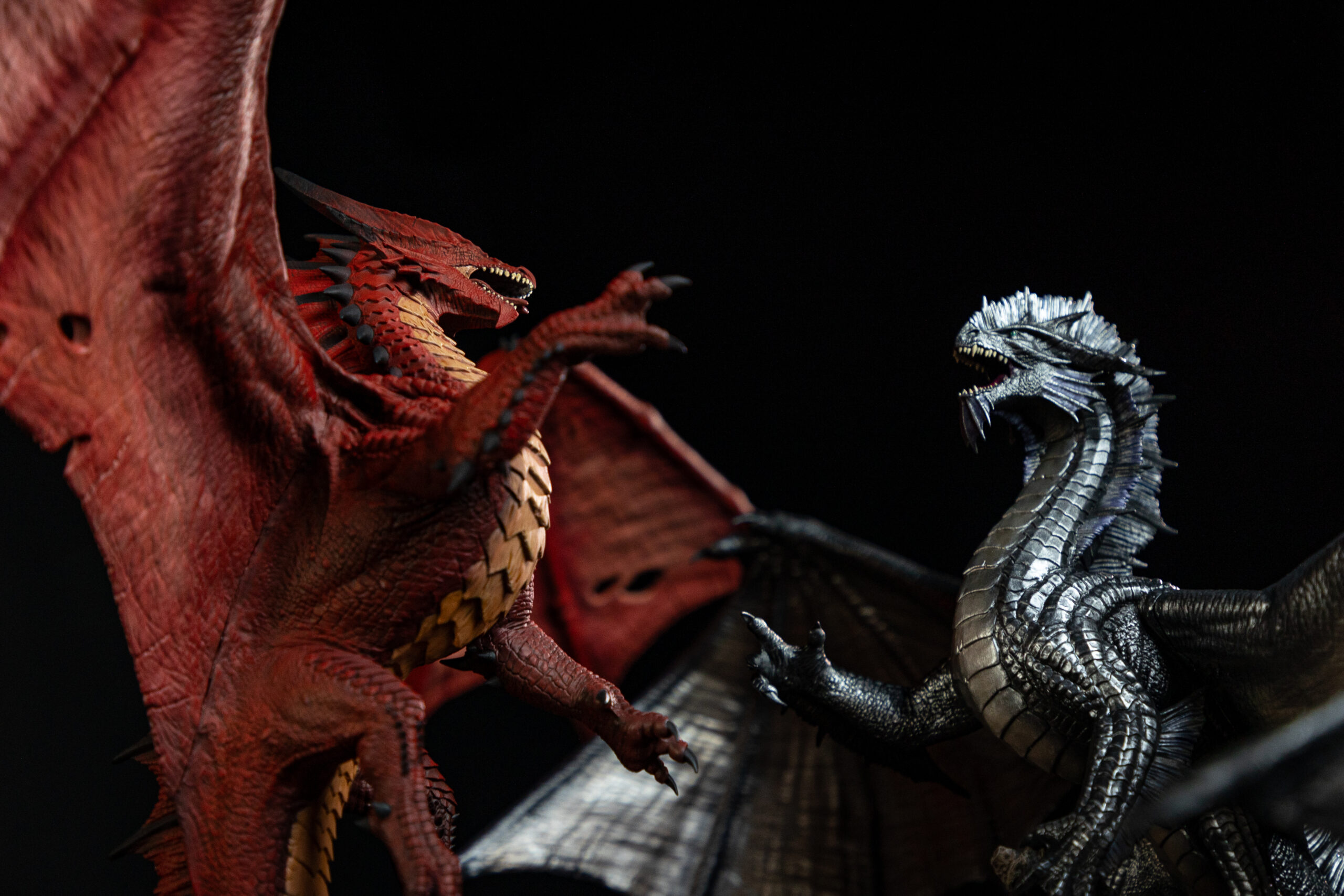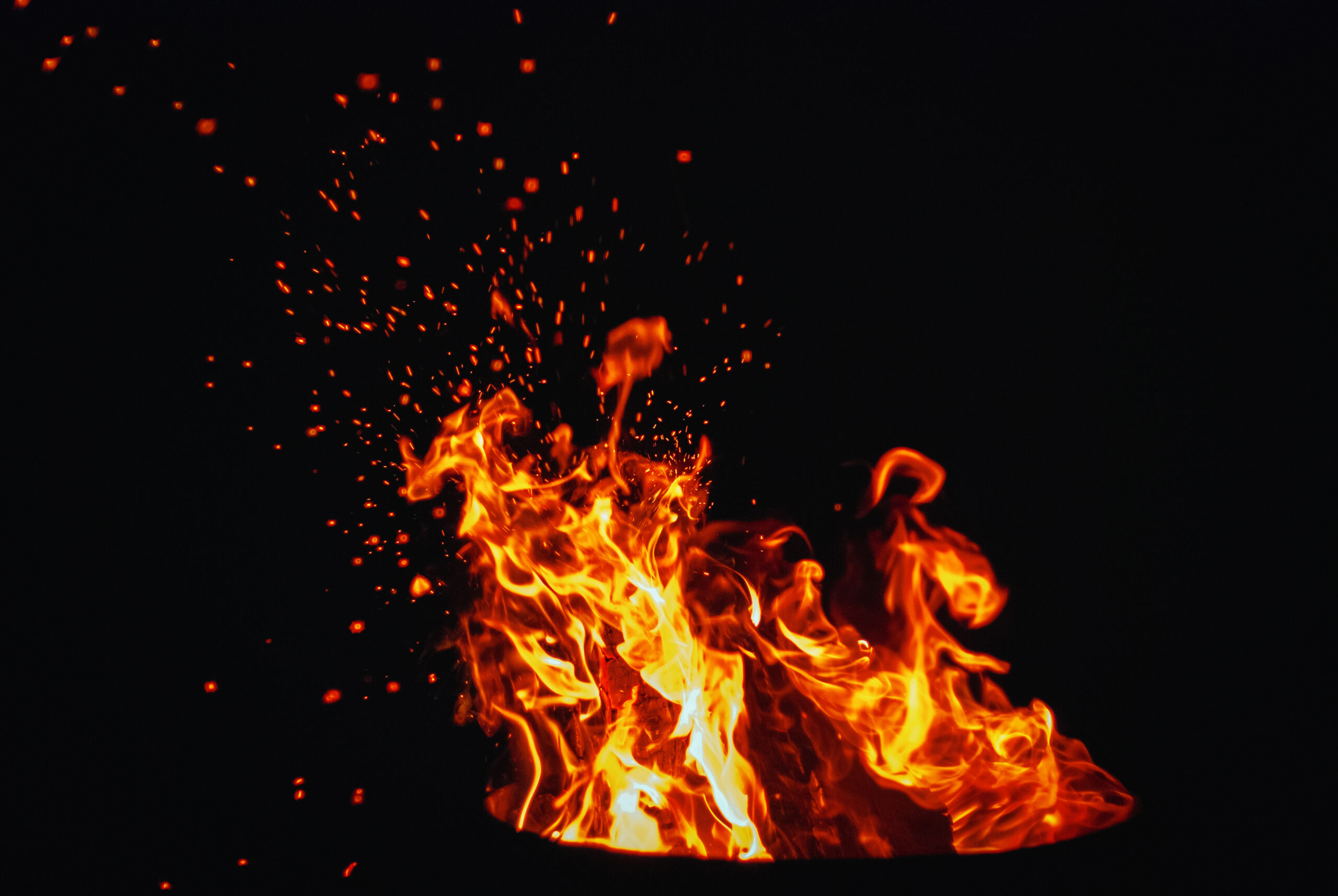Painting Bones: Making It Super Realistic
Techniques and Applications for 3D-Printed Miniatures
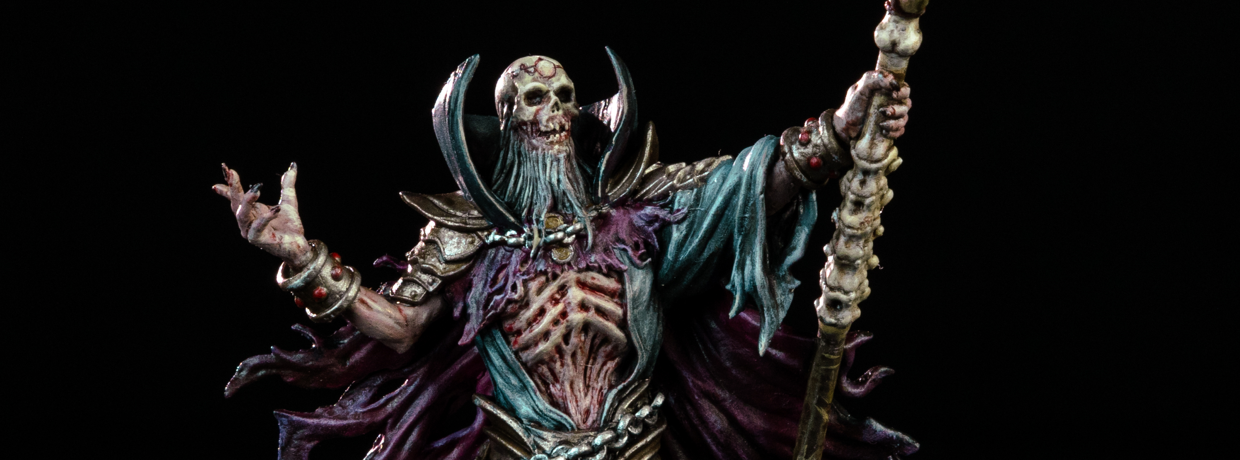
The human skeleton is a source of fascination for both artists and scientists, as their work on accurately depicting fine details and painting bones has always been a compelling challenge, and this is where 3D printing has emerged as a game-changing tool.
In the realm of art and scientific illustration, an exciting blend of technology and creativity has transformed the representation of intricate skeletal structures. One of the outstanding advantages of 3D printing is its capacity to craft lifelike three-dimensional skeletal models based on digital designs, serving as blank canvases for artists and allowing them to explore bone anatomy with precision. For those involved in education and science, this technology is the perfect tool for teaching anatomy or illustrating pathological conditions, replicating precise dimensions of each bone, including intricate details such as trabecular patterns, fissures, and surface irregularities. Such precision elevates the visual authenticity beyond the reach of traditional painting techniques.
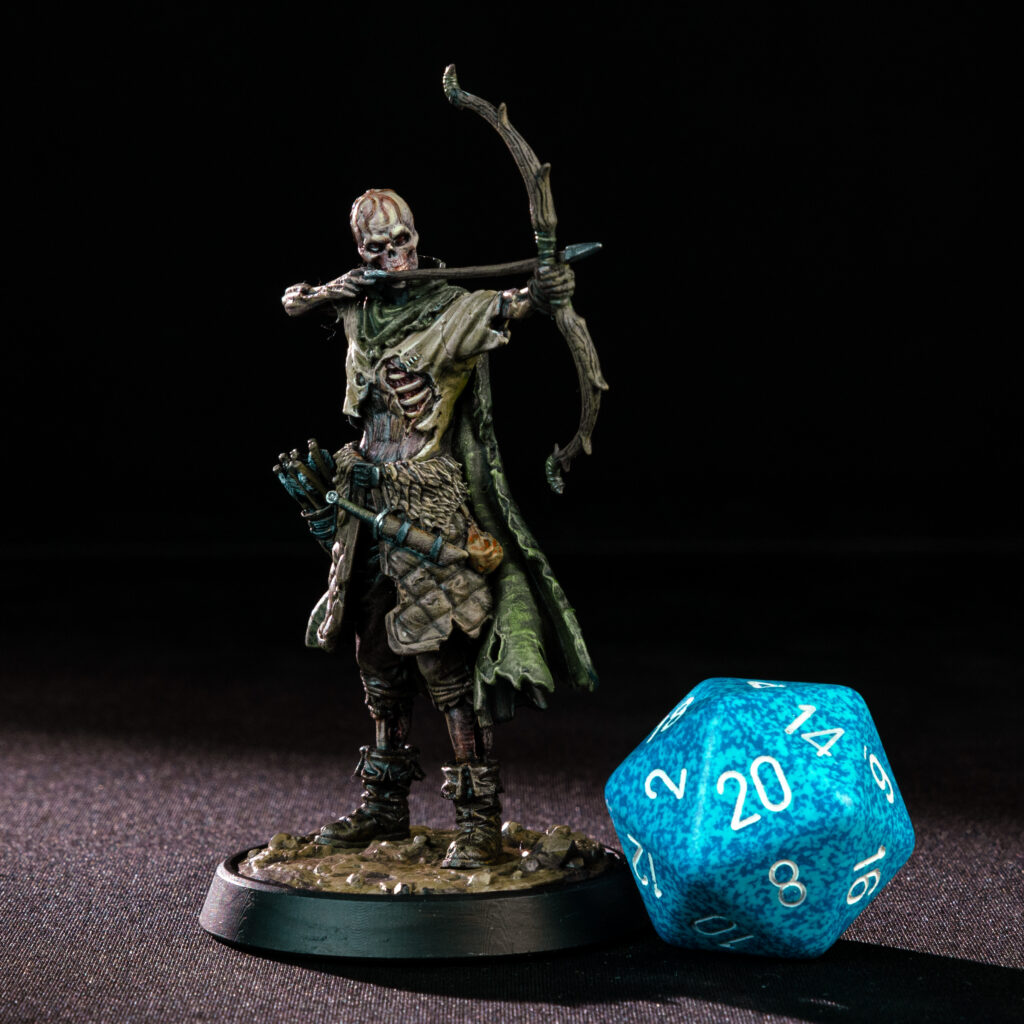
Realistic painting can elevate a 3D-printed model by adding unprecedented detail and authenticity to its appearance. By replicating the natural colors, textures, and variations of bone tissue, artists and enthusiasts can create lifelike skeletal structures that capture the nuances of bone anatomy. With color theory, value and contrast, and more, the bones on a 3D-printed model can be painted with astonishing realism.
Here are some techniques to help you achieve outstanding results.
In-depth Understanding of Anatomy
A solid grasp of bone structures, natural colors, textures, and variations forms the basis for realistic painting. Maintain access to reference materials, including photographs of bone specimens or anatomical drawings. These references are indispensable for guiding your color choices and detailing for 3D-printed miniatures.
Color Selection
Color theory can guide your selection of colors for 3D-printed miniatures. A monochromatic or analogous color scheme is often the most effective when painting bones. Hues of white, off-white, gray, beige, and subtle hints of blue or brown can emulate the appearance of bone.
Maintaining Color Harmony
Always keep the overall color harmony in mind. Ensure that the chosen colors for the bones complement the surrounding elements of your 3D-printed miniatures, be it the base, clothing, or other features.
Experimentation
Feel free to experiment with various color combinations and techniques for 3D-printed miniatures. Different types of bones, whether human or animal, may require unique color treatments.

Light and Shadow
To create a sense of depth and realism, pay close attention to the interplay of light and shadow on your 3D-printed miniatures. Employ highlights and shadows to accentuate the curvature and texture of the bones. This contrast is crucial for achieving a three-dimensional effect.
Warm and Cool Tones
Incorporating subtle variations in warm and cool colors can enhance the vibrancy of bones in 3D-printed miniatures. Warm colors (beige or ivory) can be used for highlights, while cooler colors (gray or blue) can deepen the shadows.
Consider Ambient Lighting
When choosing colors for your 3D-printed miniatures, consider the environmental lighting conditions. The source and intensity of light can influence the appearance of bones. Warm lighting can cast warmer hues on the bone, while cooler lighting can have the opposite effect.
Translucency and Layering
Bones possess a degree of translucency, so layering is vital for 3D-printed miniatures. Applying multiple thin layers of paint simulates the subtle translucency of bone tissue. Experiment with translucent paints or glazes to achieve this effect.
Staining and Aging
Over time, bones can accumulate stains and discolorations. To enhance the realism of your models, consider adding subtle stains or discolorations using washes, glazes, or thin layers of paint.
Texture and Fine Details
Utilize texture to recreate the realistic surface of bones on 3D-printed miniatures. Techniques like dry brushing or stippling can mimic bones’ porous and rough texture. Be meticulous in painting fine details such as cracks and fissures to replicate the natural complexity of skeletal structures.

Finishing
To wrap up, after completing your bone painting, use a clear, matte sealant to safeguard the
finish and provide a consistent appearance, ensuring that the sealant is compatible with the
type of resin or filament you use.
In conclusion, applying these principles can enhance your miniature painting skills, leading
to lifelike results in your 3D-printed mini-projects; integrating technology into bone painting marks a leap into a new dimension of artistic and scientific expression. The power to create hyper-realistic bone representations offers an enticing platform for individuals passionate about anatomy, art, and innovation.
If you´re interested in other painting techniques, like slapchop, remember to check our other posts like this.
Loot Studios can help you paint highly detailed minis, statues and props. Choose your favorite bundle from our previous releases or sign up for Fantasy or Sci-Fi to receive a new bundle every month. You can also check out some tips at our YouTube Channel.


